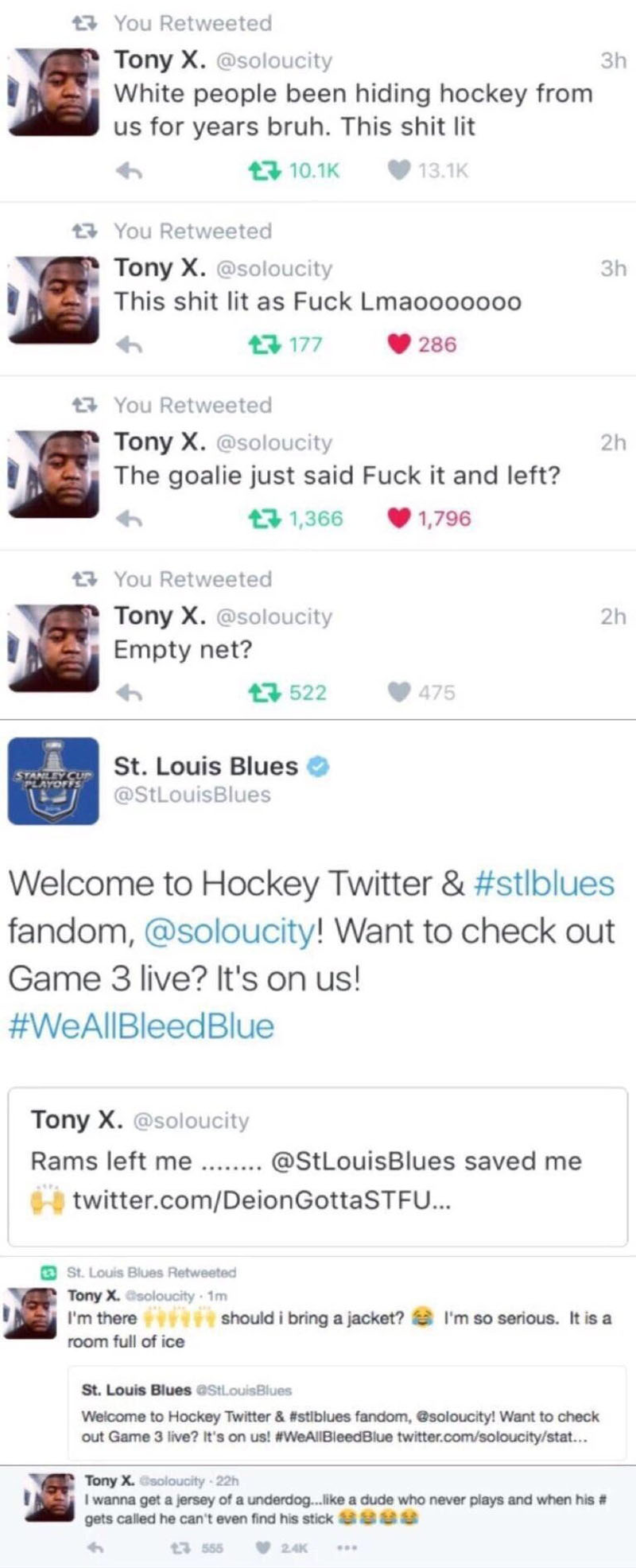So either the disruptions at performances in the UK are growing increasingly problematic or the topic has become a favorite bete noire of news outlets because I continue to see stories on the topic. In the most recent one, The Guardian reports fist fights, loud singing, people talking on the phone, inquiring what type of sandwich friends would like to eat as they pass them around, and directly heckling the performers.
Those interviewed for the article attribute the problem to everything from the Covid shutdown, lack of education in etiquette, simple spite, and excess consumption of alcohol. While some suggest maybe actors have been coddled by behavioral expectations in recent decades which differ from the historical bawdiness of audiences, it is hard not to sympathize with performers who are being heckled while giving their all.
Brunton has been heckled. “There was one venue where audience disruption occurred at practically every show and I just felt like I wanted the week to be over,” he says. “It’s so sad, to be in this position to play the lead in a brand new Disney production, I’ve had to jump through hoops to get here, and it’s just heartbreaking when you’ve got someone shouting at you inappropriately.”
This said, theaters have been scheduling dedicated performances specifically for sing-along and carving out moments for photo-ops like the Megasix section of Six I wrote about last week. Performing within that context has been rewarding for the actors.
Some productions known for attracting younger audiences, such as the musicals & Juliet (a jukebox show using producer Max Martin’s pop hits) and Heathers (based on the cult 1980s film), have held dedicated singalong performances during which fans were not just given permission but encouraged to join in. Erin Caldwell, who played Veronica Sawyer in Heathers, says the singalong left the cast “really overwhelmed”. “There’s a picture of me after the bows, head in hands, just crying because it was so emotional – I would do another one in a heartbeat … I wouldn’t be surprised if more shows do it in future.”
It would be interesting to see if venues increasingly schedule programs dedicated to providing custom experiences for different audience segments. There are already sensory friendly, audio-described and signed performances. Performances for sing-alongs, shared experiences for affinity groups (i.e. Black Out performances), could serve to engender a sense of belonging and access for those who haven’t felt the experience was for people like themselves.




There is another way. The Gewandhaus Leipzig in Germany (concert venue) offers flex- tickets for a small premium. Not an…